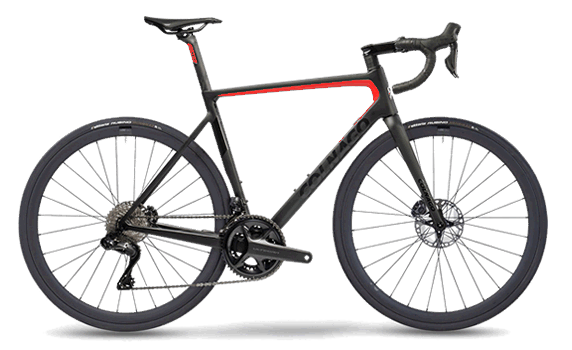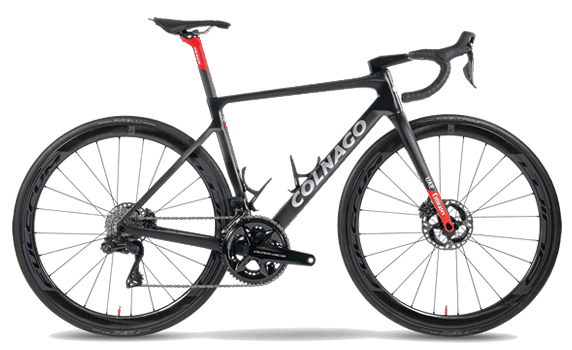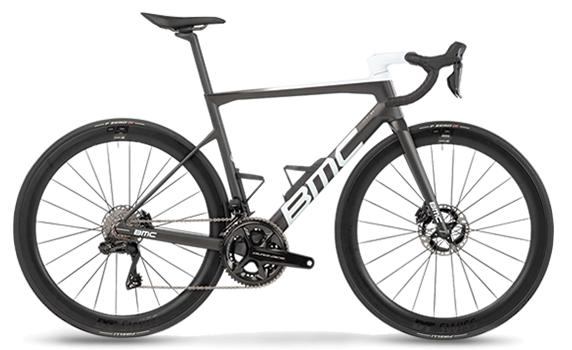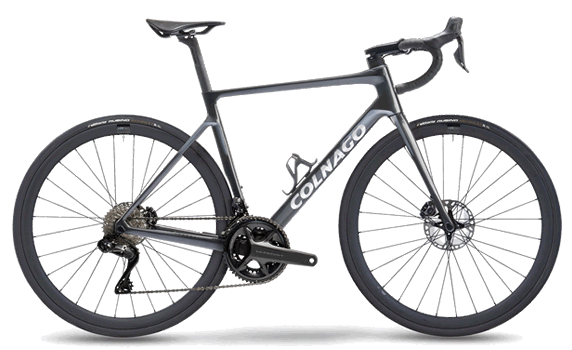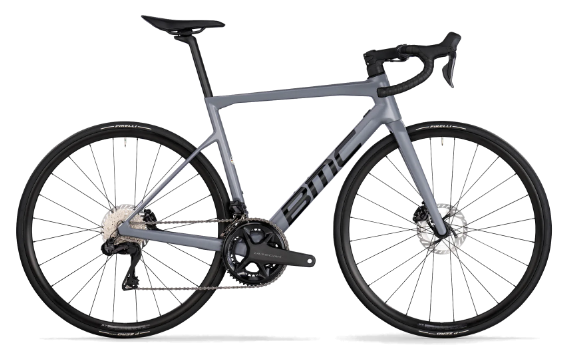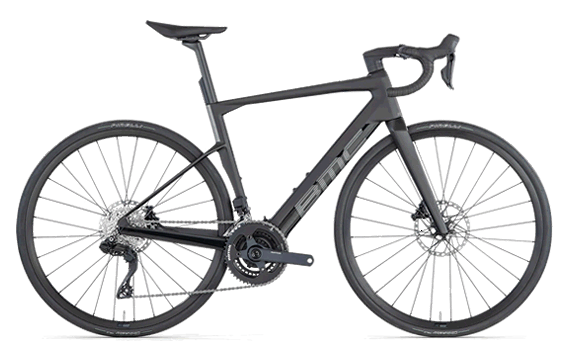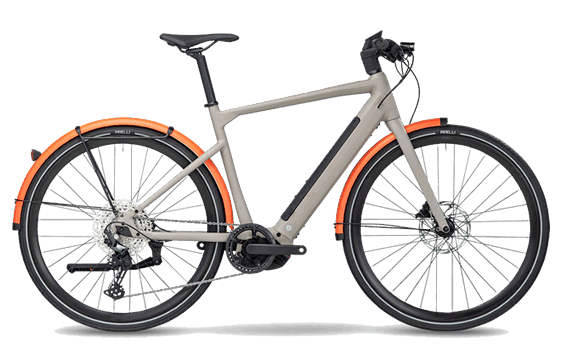Get a quote
Are you going alone or with friends? For a day or a week? Road, city, or electric bike? Do you want to provide great accommodation?
The rental service is available all year round.
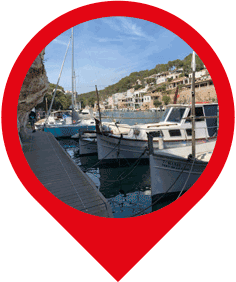
Porto Cristo 15
203 km / + 1430 mA Pleasant 200-km Ride to the Birthplace of Rafael Nadal
Route summary:
This long ride over the slightly undulating terrain in the east part of the island makes the route to Porto Cristo an ideal endurance-training session. This is a more demanding route. The whole trip takes from 6.5 to 8.5 hours depending on your average speed. The route will take you along the charming shoreline all the way to the port town of Porto Cristo. From there, the ride continues through the slightly undulating terrain in the east part the island. The best places to stop to replenish your energy are in the town of Ses Salines, which is famous for salt mining, and Porto Cristo, where you can see a beautiful mermaid statue in Calle des San Jorge and the historical Torre des Falcons guard tower. On the way back, you can take a break in the island’s second-largest town of Manacor with its Nostra Senyora dels Dolors parish church and the birthplace of Rafael Nadal, or you can stop in the town of Llucmajor with its picturesque square and many excellent cafés with beautiful views of various monuments.
![]() Cycling route summary:
Cycling route summary:
This route will take you along the east coast of the island, starting with a gentle 10-km climb, after which there is flat terrain for about 40 km along the south-east coast of Mallorca taking you to the small town of Santanyí. The 20 km from Santanyí to Porto Cristo are over undulating terrain with short climbs and descents. The road from Porto Cristo has a similar character and takes you to a hight of 200 m above sea level. A pleasant descent to the small town of Manacor follows. A 20-km-long and easy ride from Manacor then takes you to Porrerese. However, the following 10-km ride between Porrerese and Llucmajor requires a bit more effort as there short climbs that often break groups apart. The final part from Llucmajor is all about a pleasant ride with a swift descent, taking you to Can Pastilla.
![]() Tourist summary:
Tourist summary:
This route starts in Palma Aquarium and is the second-longest trip in our portfolio. It takes you all the way to the east coast of Mallorca, with the ultimate destination being the picturesque port of Porto Cristo. The ride back leads you through some famous places such as Manacor, Felanitx, Porreres and Llucmajor. This route will give you the opportunity to compare which Mallorcan coast you like better – the east or the west.
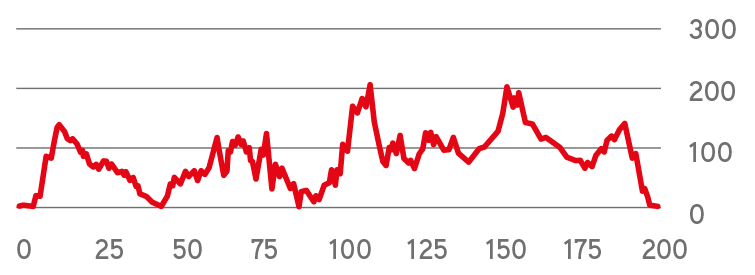
Trekking bike
Fitness premium - BMC 257 AL TWO ST
Specifications
A comfortable and lightweight trekking bike, ideal for riding on roads and gravel paths. Thanks to its high-quality construction and modern components, it offers a great riding experience on every trip.
Prices start at 22 € per day


203 km

+ 1430 m

204 m. above sea level

Prices start at 51 € per day
Interesting places along the route
Ses Salines
Ses Salines is a town on the far east of the island. The name can be translated as “source of salt”, and salt production has always been part of its history. It is also famous for its local honey.
Near the town you can visit Botanicus, the largest botanical garden in Europe.

48 km
Es Llombards
Es Llombards is a charming village with a famous beach called Cala Llombards. The stunning atmosphere of the village shops, bars, restaurants, and markets is fascinating, and it turns into a perfect place to learn about local customs and traditions twice a week – every Wednesday and Saturday.

52 km
Santanyi
Every year the creative atmosphere of this town attracts artists from all over the world. In the town’s historic streets you will find all kinds of galleries and workshops.
The locals know each other personally as they often meet in the cosy cafés and wine shops, which are mainly scattered around the town square.
The fort and gate are reminders of the pirate attacks in the past.

54 km
S’Alqueria Blanca
This is just a stunning village with a main square where you can find the locally popular bakery, some bars, restaurants, and cafés. If you are fond of Italian cuisine, you simply must stop at the Bacco restaurant to taste its Italian specialities enriched with local vegetables, meat, and fish.

62 km
Porto Cristo
Porte Cristo used to be a busy port, close to Manacor, but it’s a quiet resort these days. The town was named after a legend. It tells about a ship found washed away on the beach carrying a crucifix. The second legend tells about an ox carrying a cross and refused to move out of the way from the port. The locals took it as a sign and named the town Porto Cristo.
You can also find a beautiful mermaid statue in the town Calle des San Jorge, or ancient watchtower from 1577, Torre des Falcons, above the hidden cave. There is also an old church in the Plaza del Carme.
It is worth mentioning the caves Coves del Drach ("dragon cave") and Coves del Hams ("fish cave").They are just a few kilometers far in front of the port itself.

88 km
Safari Zoo
Safari Zoo is a great combination of safari and fun park. You can find there over 600 animals. Unfortunately, you can’t ride a bike inside, but you can easily jump on the safari train and get a nice tour around the park.

93 km
Son Servera
This village is situated in the northeast of Mallorca, in the area known as Llevant. The first historical records of this place date back to the beginning of the 13th century. The village got its name based on the legend of a deer, who once passed through this area.
The calm atmosphere with classic architecture comes to life especially on Fridays, when the local market opens.

100 km
Sant Llorenc des Cardassar
Sant Llorenç is a quiet place. If you walk through, you will notice many windmills around. The village still maintains its original state. Don’t miss the 14th-century Baroque church of Sant Llorenç on the main Plaça Nova square.
You can visit the remains of the Son Pereto Basilica, dating back to the 4th century, free of charge. The basilica was probably destroyed by fire. Archaeologists from various institutes are carefully examining it up till today.
The historic railway building of Sant Llorenç is also worth visiting. It was built in 1921 as part of the Manacor-Artá railway line.
The most famous local historical figure is the writer Salvador Galmés i Sanxo (1876), well-known regional advocate of independence.

115 km
Manacor
Manacor is the second largest city in Mallorca. Traces of settlement can be found from around 2000 BC. You can see the marks of Roman and Moorish settlers. Modern history dates back to 1200, when it got granted the city status.
The main ‘must see’ is the parish church of Nostra Senyora dels Dolors. If you would like to go inside the church, it is better to arrive there in the morning. The doors might be closed in the afternoons. The large pedestrian zone can be explored anytime, but the best is to come over on Monday, when the local market is in full swing. You will find there the traditional stalls and special olive wood products, making Manacor famous.
If you are a tennis fan, you may find it interesting to know that Rafael Nadal is a local native and the mentor of the local Rafael Nadal International Tennis Center.

123 km
Felanitx
It’s a local, regional town. Its history dates back to the Bronze Age. This place is famous for its wine industry. There were more than 60 distilleries, in this area, in 1749.
Capers are also very famous locally. The main daily attraction is the city center market with a rich selection of local products.
The main historical monuments are the Castell de Santuri, the Monastery of San Salvador with the adjacent fortress and the Church of San Miguel.

137 km
Porreres
A small town with a seemingly sleepy atmosphere, but the appearance is deceptive. Its history dates back to the Bronze Age. Arab and Roman settlements bring in mind wells, used to be used by humans or animals. The current city name was given after its conqueror, William of Porreres. A sad historical event is a small revolution called "famous", during which the town hall burned down with 600 years of historical documentation. It coincides with the fall of Queen Isabella II in 1868.
The main street is Avinguda Bisbe Campins. It is a pedestrian area with many cafés, bars and the Gothic church of Nostra Senyora del Consolacion.
If you like modern art, you might be impressed by the Salvatore Dali exhibition in the town hall. And of course, there is a traditional marketplace as well.

150 km
Llucmajor
It is the largest city on the island in terms of its wide area, however the population is less than 10 000. The first historical records of the city date back to the 13th century. Definitely the most interesting historical event is the Battle of Llucmajor. It was a part of the war of independence of the Mallorca Kingdom in 1349.
Important city industry today includes tourism and footwear production.
The most famous monuments of the city are the Town Hall, the Church of St. Michael from the 18th century on Plaça Santa Catalina Tomàs and the monument of James III - Passeig Jaume III. Jaume III. fell in a memorable battle in the war for independence.

162 km

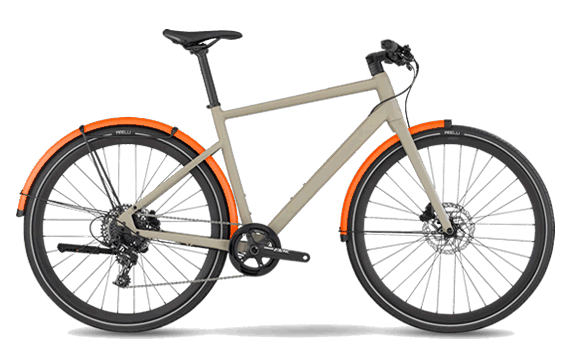
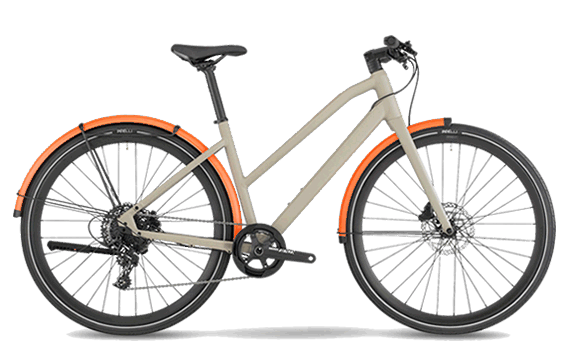
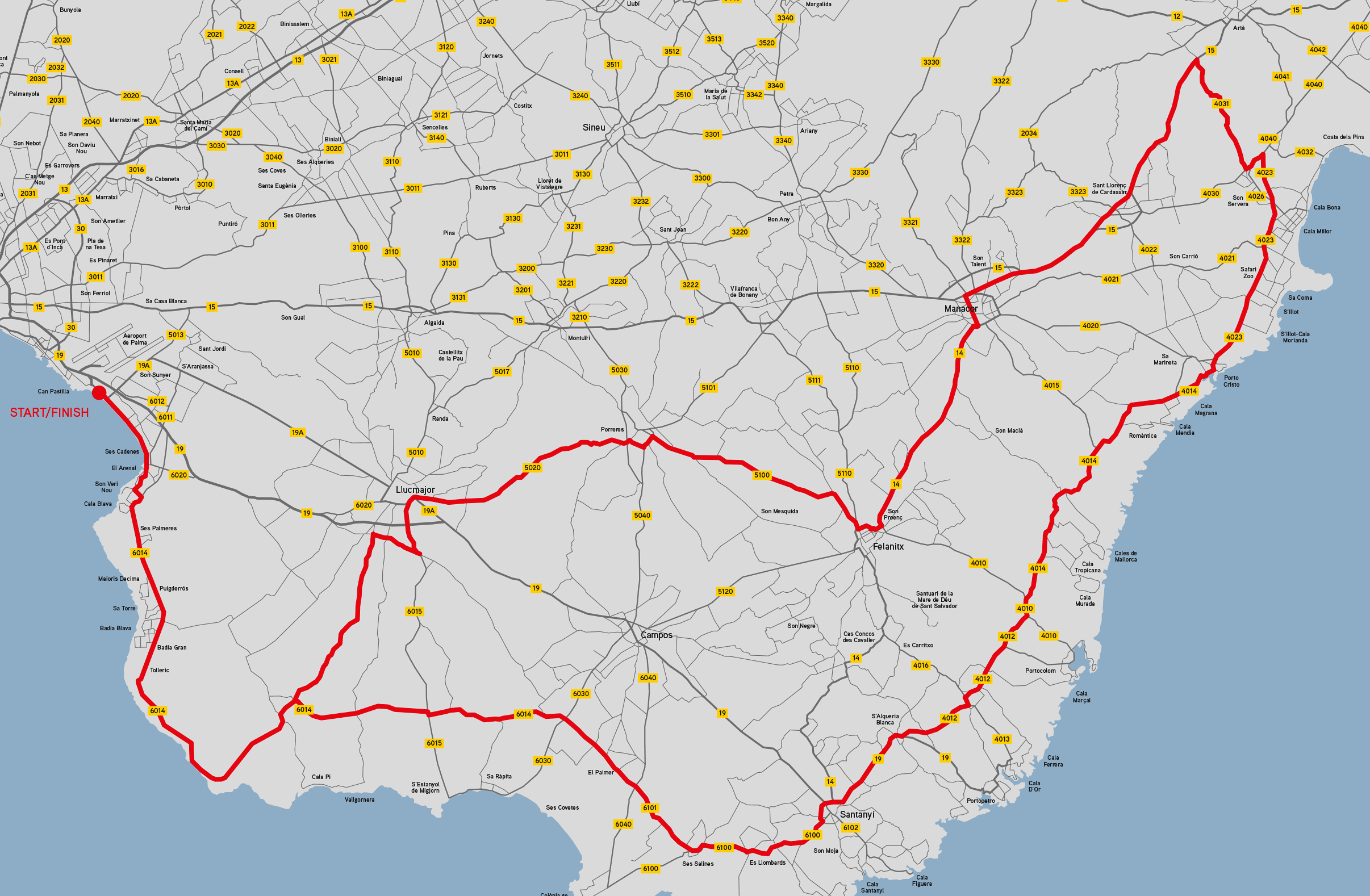

 Download GPX
Download GPX
